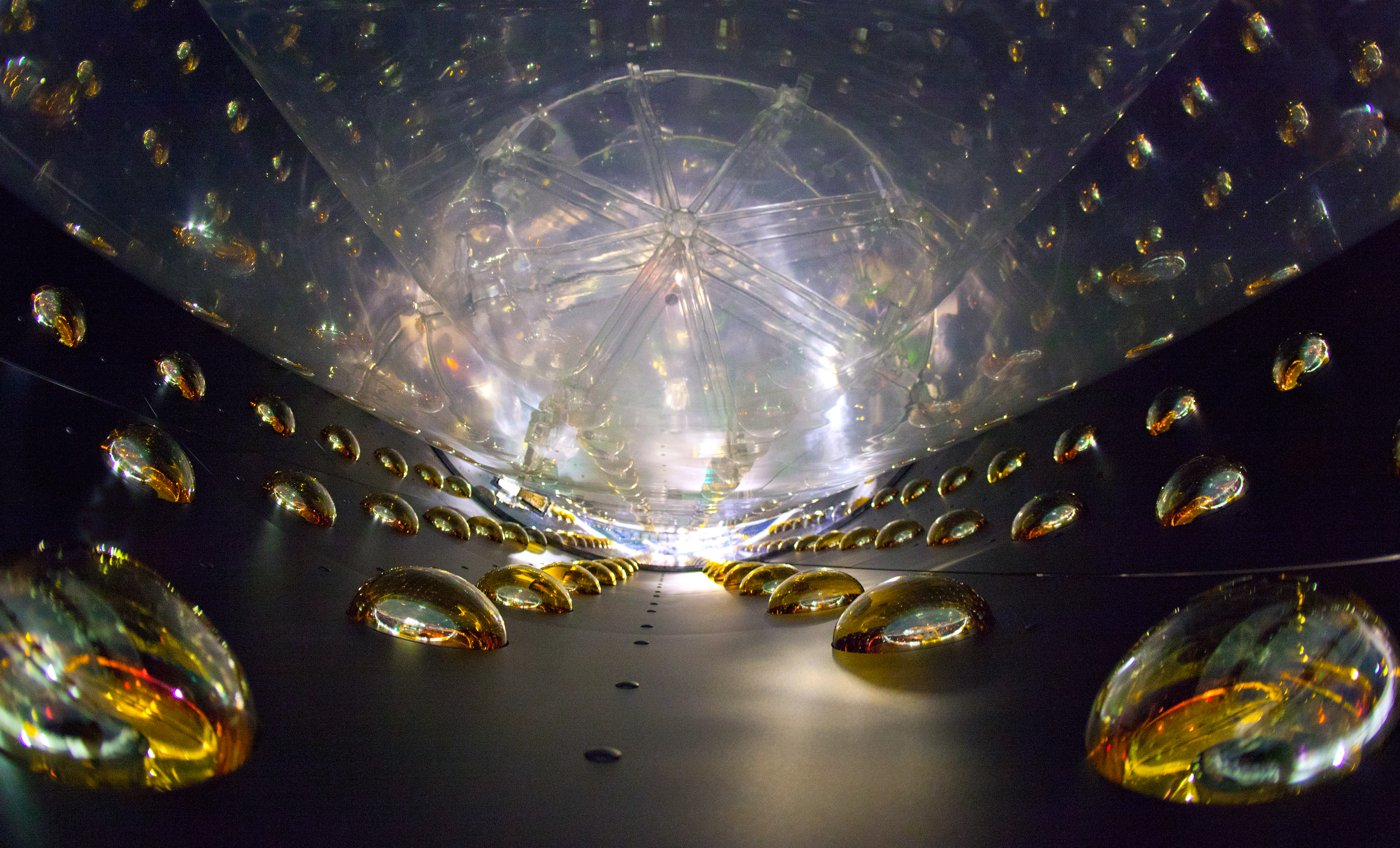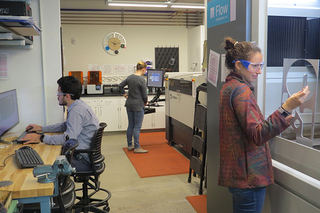Neutrinos & Fundamental Symmetries Faculty
-
Physics
Karsten Heeger
Eugene Higgins Professor of Physics; Director of Wright Laboratory+1 (203) 432-3378 -
Physics
Francesco Iachello
J.W. Gibbs Professor Emeritus and Research Professor of Physics+1 (203) 432-6944 -

-
Physics
David Moore
Associate Professor of Physics, Director of Graduate Admissions+1 (203) 432-7986
-
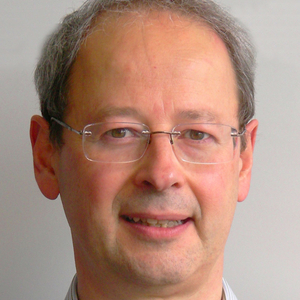
BeEST
Science goal: Search for sterile neutrinos by reconstructing nuclear recoils from the decay of Be-7 implanted in superconducting sensors.
WL involvement: Yale is working to analyze BeEST data to search for sterile neutrinos or other massive, invisible particles that may be emitted in nuclear decays.
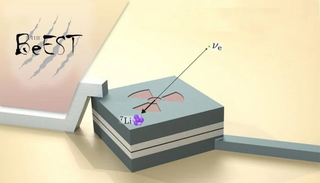
CUORE & CUPID
Science goal: Search for neutrinoless double beta decay, which could answer why we live in a Universe of matter, not antimatter.
WL involvement: Yale is responsible for detector calibration, the study of cosmogenic backgrounds, double beta decay analysis, & the search for solar axions. Heeger and Maruyama are CO-PIs of CUORE & CUPID.
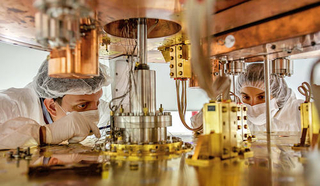
DUNE
Science goal: Enable the study of parameters that determine the matter-antimatter imbalance in the Universe and the ordering of neutrino mass states.
WL involvement: Yale is responsible for the assembly of Charge Readout Planes at Wright Lab and studying the detector response.
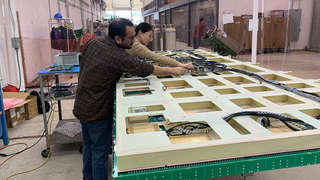
IceCube
Science goal: Search for neutrinos by studying exploding stars, gamma-ray bursts, black holes, and neutron stars.
WL involvement: The Maruyama group studies how supernovae explode, as well as fundamental properties of neutrinos.
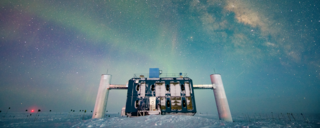
nEXO
Science goal: Search for neutrinoless double beta decay, which could answer why we live in a Universe of matter, not antimatter.
WL involvement: Yale is leading efforts to build the photon detectors for nEXO. Moore serves as the sub-system scientist for the photon sensors. Moore is also collaborating with LLNL and SLAC to study ways to capture xenon directly from the atmosphere.
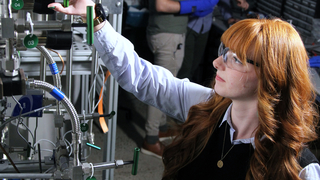
Project 8
Science goal: Utilize a novel technique (CRES) to perform a precision measurement of the yet unknown neutrino mass.
WL involvement: Yale performs R&D on antenna and cavity prototypes; develops algorithms for event reconstruction and analysis; and performs simulations to optimize the detector resolution.

SIMPLE/QuIPS
Science goal: Study interactions involving neutrinos; to test gravity; & to search for dark matter, quantum phenomenon, sterile neutrinos, and new forces.
WL involvement: The Moore group has developed the world’s most sensitive micron-sized force sensors. Both the SIMPLE and QuIPS experiments are located at Wright Lab.
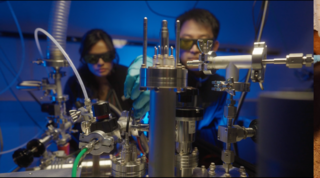
Symmetry in Physics
Co-developed (with A. Arima) the interacting boson model of nuclei (1976). Introduced supersymmetry in nuclei (1980). Developed the vibron model of molecules (1981). Current research interests:Theory of quantum phase transitions (QPT) and excited state quantum phase transitions (ESQPT) in Bose- and mixed Bose-Fermi systems, with applications to nuclei and molecules. Theory of double beta decay with and without the emission of two neutrinos for the determination of the neutrino mass. Algebraic theory of clustering with applications to the alpha-clustering structure of light nuclei.
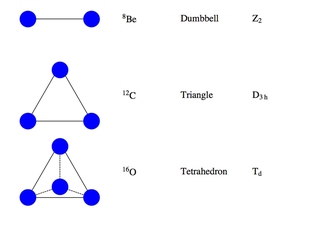
Neutrinos & Fundamental Symmetries News
-
YaleNews Insights & Outcomes: Lights, cameras — physics!
A new film documentary about faraway physics experiments includes a Yale-affiliated project in the South Pole and features Wright Lab’s Reina Maruyama
-
Advancing the frontiers of physics at Wright Lab through advanced prototyping
The APC at Wright Lab has provided an advanced fabrication facility and design support for custom instrumentation within the Yale community since 2018
-
Wright Lab represented at APS DNP 2025 Fall Meeting
Wright Lab researchers contributed to the American Physical Society (APS) Division of Nuclear Physics (DNP)’s Fall Meeting (DNP 2025) in October.
